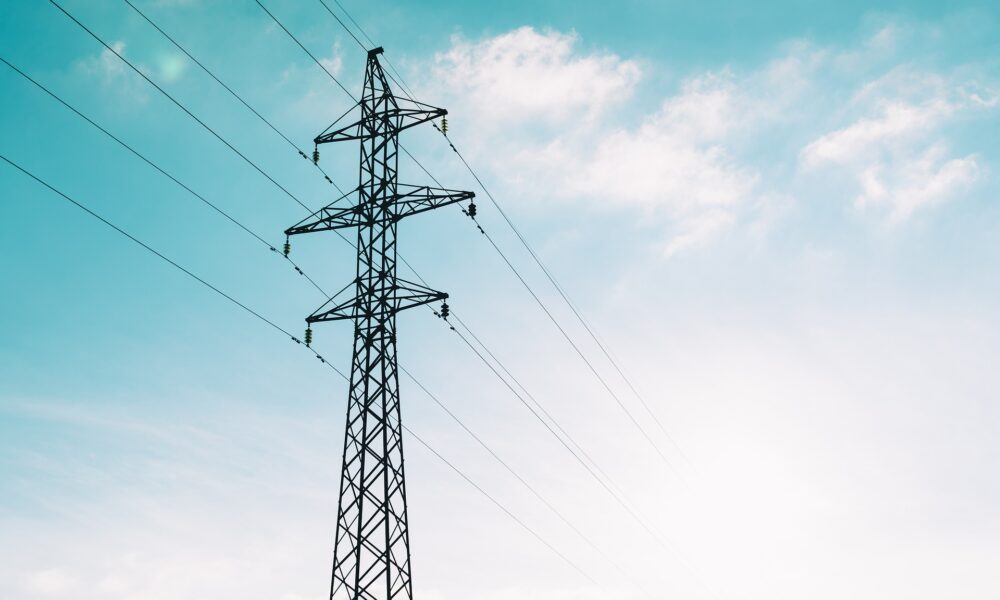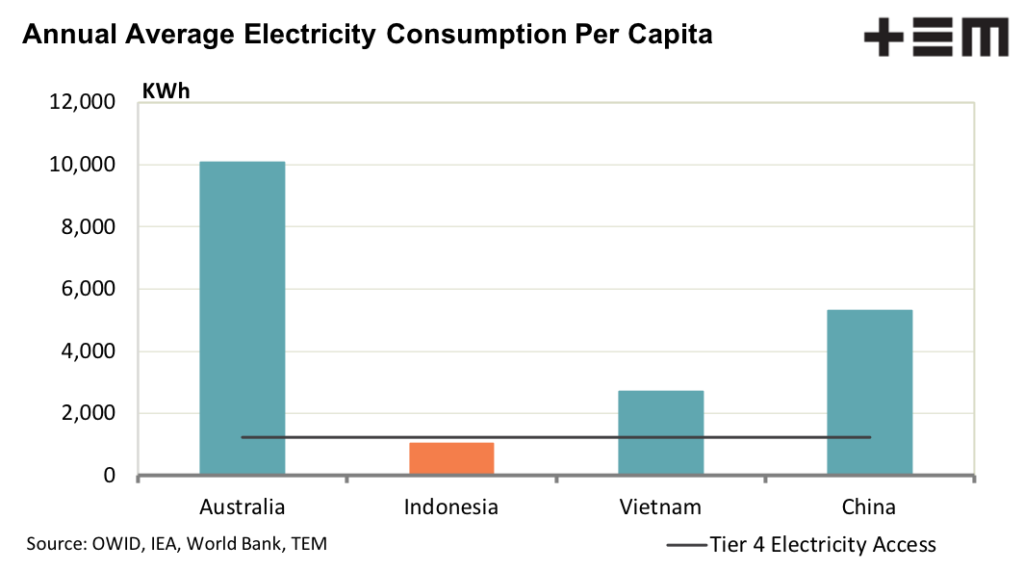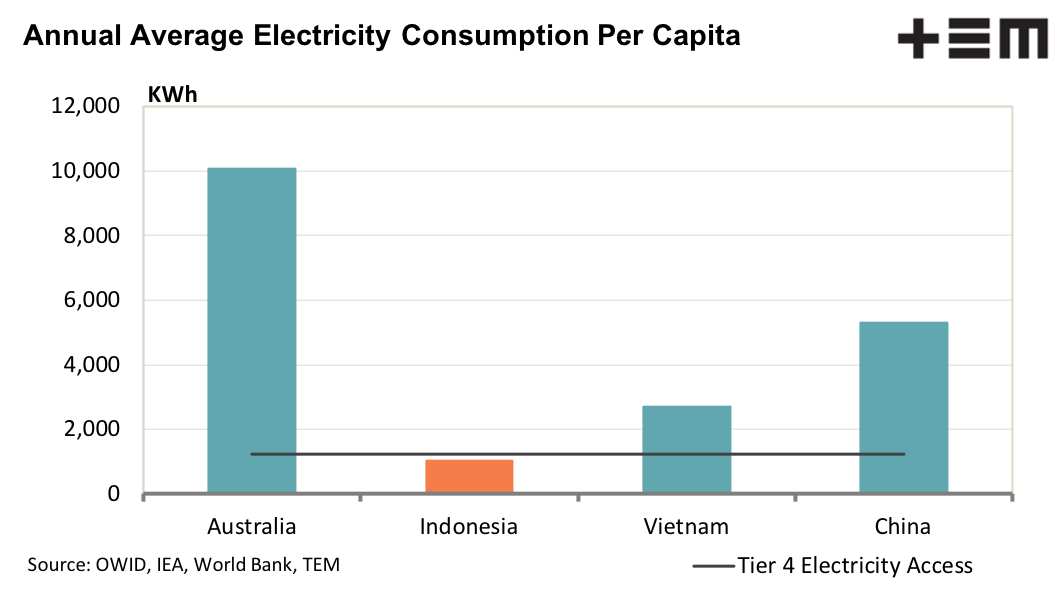The power and the passion

The Snapshot
- There is a five level tiered system that describes how advanced a countries access to electricity is and it outlines common appliances used in the home at each phase of electricity access.
- Refrigeration doesn’t appear on the list of appliances until Tier 4, when the annual average electricity consumption levels reach 1,250 kilowatt hours per capita.
- Indonesia, which is Australia’s largest trading partner in the live cattle export sector, has not yet reached the Tier 4 level of electricity access threshold across the entire country.
- Limited access to domestic cold store within rural areas of Indonesia means that the Australian live cattle export supply chain is an important element in the food security solution for Indonesia.
The Detail
One argument often used against the need for wet markets and the live export of Australian cattle to offshore destinations is the potential to switch live export volumes with chilled or frozen boxed meat exports. While it is true that access to electricity is available to the 95-100% of the population in key live export destinations it doesn’t always mean access to domestic refrigeration is at the same distribution across these countries.
Indeed, a 2015 World Bank report on electricity access in the developing world outlined that there are multiple tiers when describing how advanced the access to electricity is within a country and how the annual average electricity consumption on a per capita basis can be used as a measure of the distribution of domestic cold store facilities across the nation.
Often when electricity is introduced to a region the priority to obtain refrigeration is not high on the list. Generally speaking, the key appliances obtained once on the grid are the low cost, cheap to run, low power usage items such as task lighting (reading lamps), phone chargers and radios as outlined in the Tier 1 phase of electricity access, usually contributing no more than 5 kilowatt hours (KWh) per annum to the per capita electricity consumption tally.
Once the Tier 1 requirements are satisfied then the consumer usually aims for Tier 2 appliances such as general lighting, fans and televisions. These items are often used sparingly, particularly if household income is tight, and it is not a concern if the power source is intermittent or unreliable as they usually contribute to less than 75 KWh per annum to the electricity consumption. Many of the Tier 1 and 2 items can also be operated on a solar electricity system, which helps to keep operating costs low.
Tier 3 starts to see the introduction of time saving, medium power usage items that often require access to a more formal electricity grid such as food processing items and washing machines. Tier 3 electricity access can see the annual electricity usage jump to 365 KWh.
It is not until Tier 4 of the electricity access criteria that refrigeration in the domestic setting makes an appearance and this is usually requiring reliable 24 hour access to electricity. As a general rule of thumb, annual per capita electricity consumption of at least 1,250 KWh is the benchmark that suggests domestic refrigeration is widespread across the population of a developing country.
A comparison of the 2019 annual average electricity consumption use on a per capita basis for Australia and three of Australia’s top live cattle export trade partners highlights that Indonesia, the biggest live cattle trading partner, is yet to meet the Tier 4 threshold. This indicates that while the access to electricity in Indonesia is very high (94% in rural areas and 100% in urban areas) it is not yet at Tier 4 level access across the country.
In 2019 Indonesian annual average electricity consumption was measured at 1,039 KWh per capita, which is a far cry from the 10,065 KWh used by the Australian population. It is probably a little hypocritical to criticise the live cattle export trade and the use of wet markets when you are sitting in the air conditioned comfort of an inner city Australian apartment with one refrigerator full of food in the house and another refrigerator full of beer in the garage. Meanwhile, the average Indonesian is getting by on 10% of the electricity we consume.
There would be significant pockets of the Indonesian population that would not have access to refrigeration in the home, particularly in the rural areas. These citizens would be reliant on the access to wet markets, and the live export supply chain that supports these markets, in order to have access to safe, good quality meat protein.
The Australian live cattle export supply chain is a crucial element in providing part of the food security solution to our northern neighbours and important trade partners, like Indonesia.



